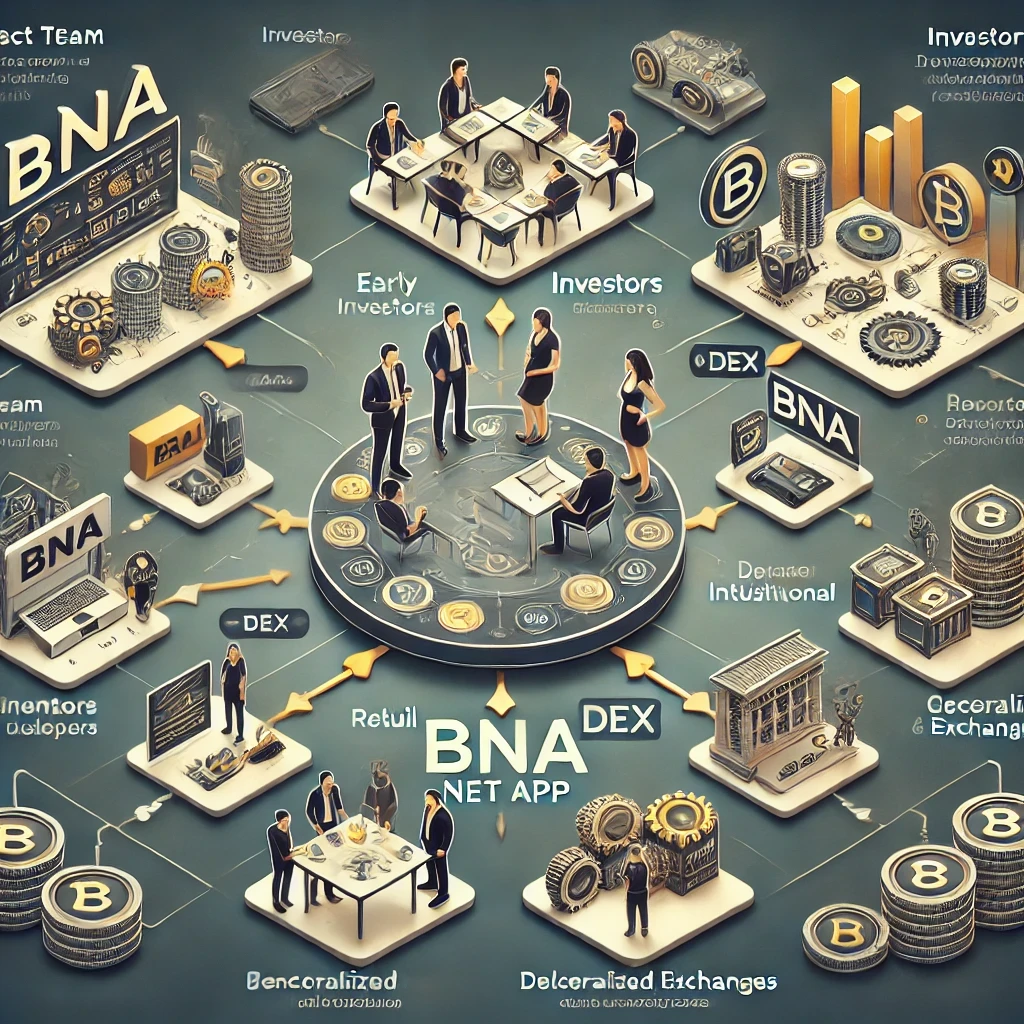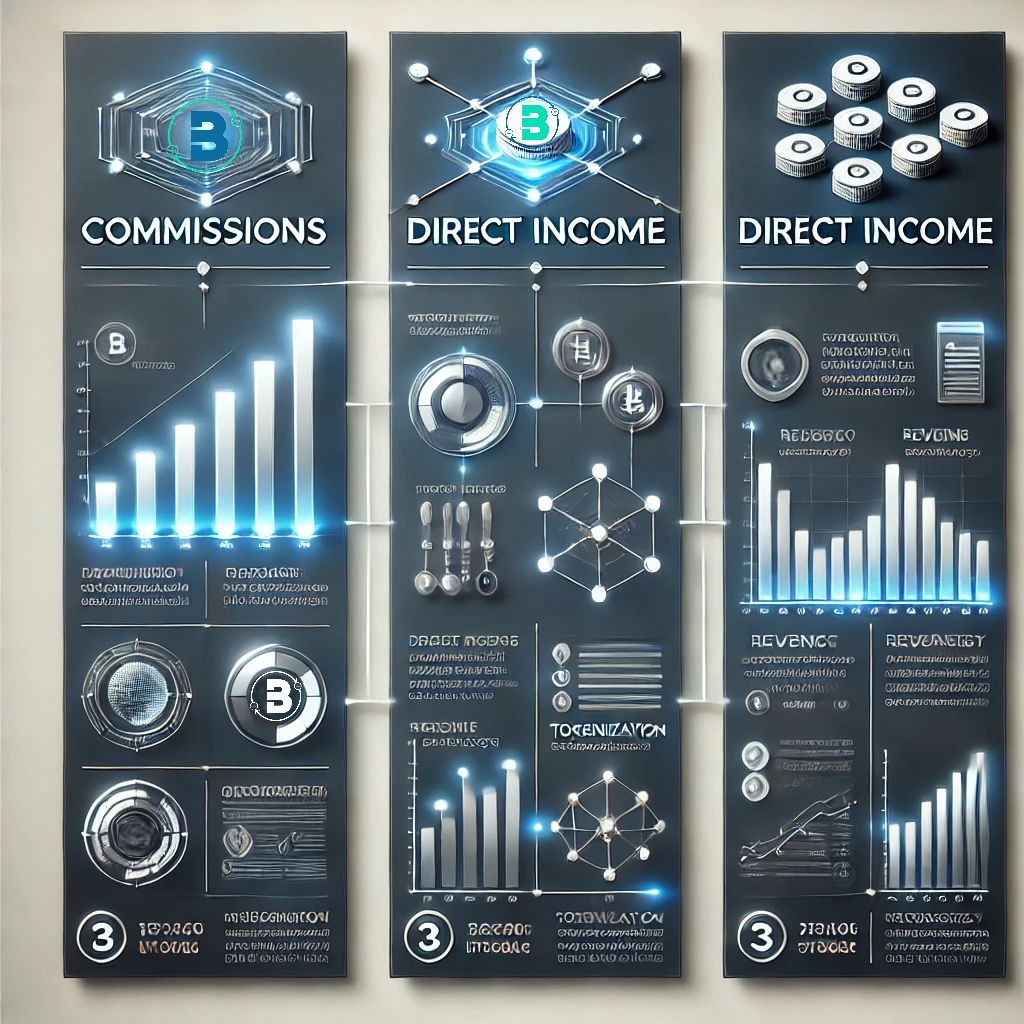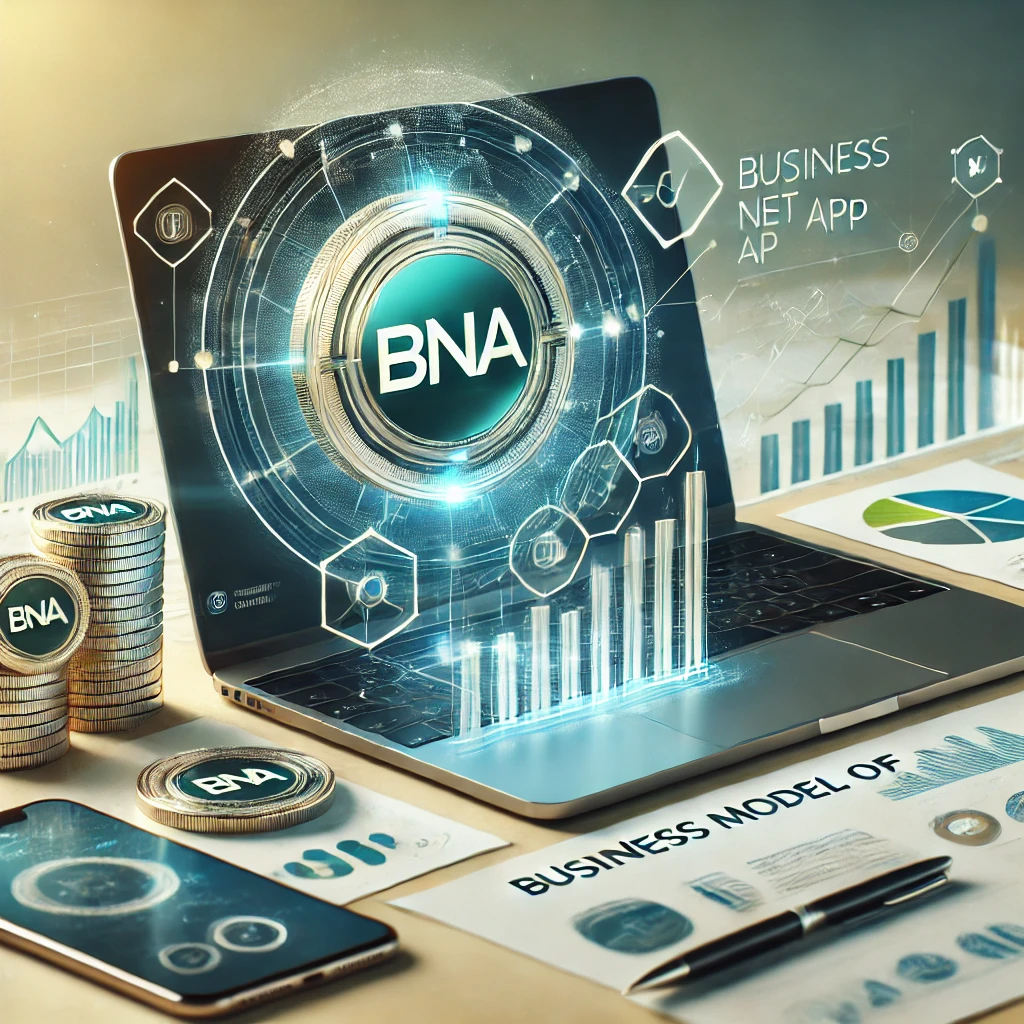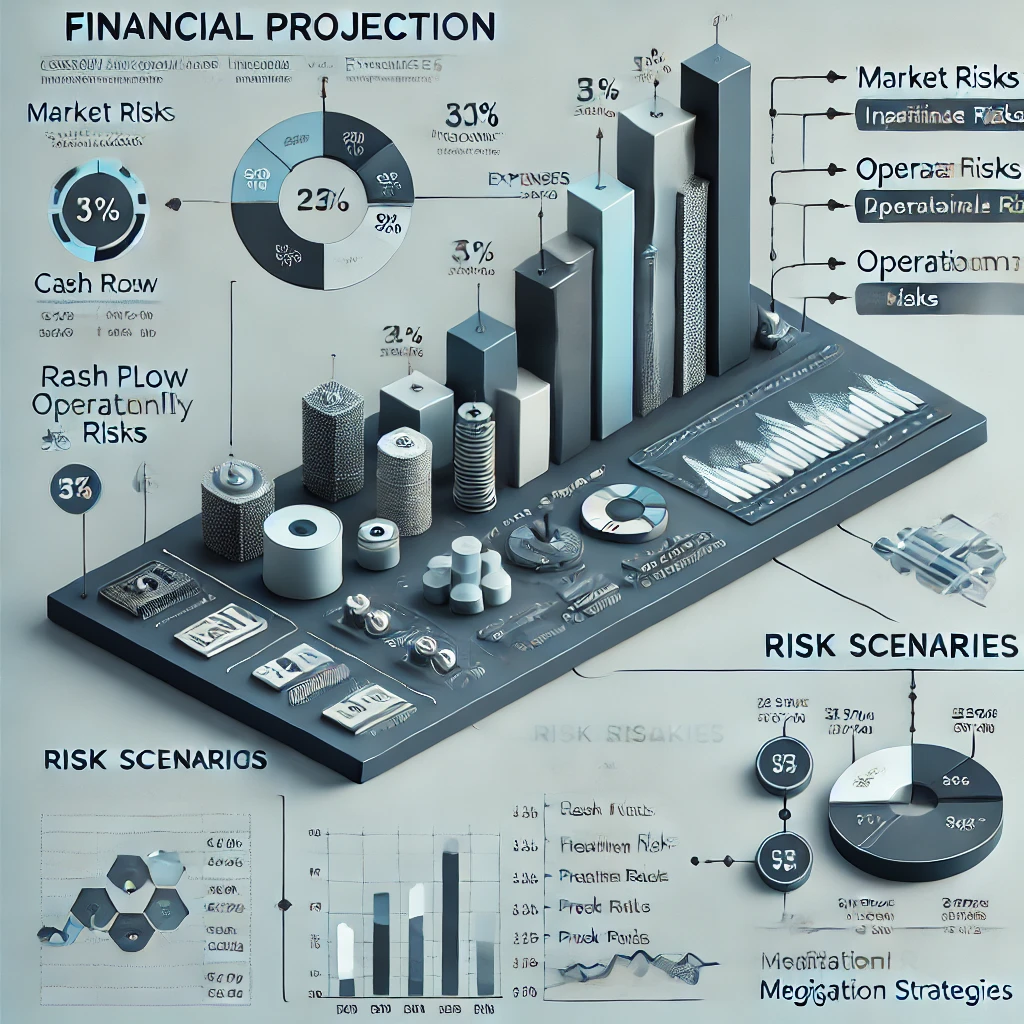5. Business Model – Summary
5. Business Model – Short Version
5.1 – Monetization Strategy
How the project will generate revenue.
The Battery Net App (BNA) project: “From 0 to 100% in 30 seconds and without changing course” will generate revenue through several direct and indirect channels. These sources allow the ecosystem to grow and offer multiple return opportunities for investors and users.
5.1.1 – Commissions for Indirect Sales
-
- Physical Products: Manufacturers of batteries, electric vehicles, kits and accessories will contribute a minimum commission of 10% on sales made through the project. These commissions will fund prizes and incentives for miners and electro-miners.
- Impact and Benefits:
- Increased demand: The acquisition of BNA COIN increases demand, potentially increasing its value.
- Project Financing: Sales commissions contributed by partners and manufacturers fund the development and expansion of the project.
- Market Confidence: Contributions from partners reinforce the credibility of the project, attracting more investors.
- Benefits for the Project and Investors:
- Project: Obtains additional funds that help expansion.
- Investors: They benefit from the increase in the value of BNA COIN due to the growing demand.
In short, the commissions strengthen the sustainability of the ecosystem, creating benefits for the project and its participants.
5.1.2 – Direct Revenue
The BNA COIN token will be the currency used to make payments for services, such as battery swapping. The Electro-Miners, in charge of exchanging discharged batteries for charged ones, will carry out thousands of daily transactions, with a projected growth that will exceed 10,000 daily transactions in the medium term.
5.1.3 – Tokenization and Cryptocurrencies
Blockchain and tokenization will generate additional revenue through decentralized financial services (DeFi). This creates a sustainable ecosystem around BNA COIN.
- BNA Token Sale: During the different phases of the ICO, investors will be able to acquire BNA COIN to participate in the project and access exclusive benefits.
- Staking and DeFi: Users will be able to stake their tokens to earn rewards and participate in decentralized lending, generating additional income through fees and services.
5.2 – Ecosystem and Participants:
Description of the different actors in the ecosystem and their roles.
Battery Net App involves several key players in its ecosystem, all playing a vital role in the success and sustainability of the project.
5.2.1 – Project Team
- Founders and Developers: They are responsible for the design and maintenance of the blockchain platform, ensuring scalability and efficiency.
- Marketing and Sales Team: They attract investors and manage public relations to make the project visible.
- Advisors and Consultants: They provide specialized knowledge in key areas such as finance, technology, and regulations.
5.2.2 – Investors
The project CTO has been designed to appeal to different types of investors at every stage of the ICO:
CTO has been designed to appeal to different types of investors at every stage of the ICO:
- Super Investors
- Early: Access tokens at exclusive prices and preferential conditions.
- Early Investors: They participate in intermediate phases, benefiting from rewards and incentives.
- Retail Investors: They help to consolidate financing in the advanced phases of the ICO.
5.2.3 – Exchanges
- CEX (Centralized Exchanges): They facilitate the buying and selling of BNA COIN, providing liquidity.
- DEXs (Decentralized Exchanges): They allow direct exchange between users using smart contracts, promoting transparency and decentralization.
5.3 – Financial Projection:
Battery Net App maintains a strong financial projection based on diversified revenue streams and an efficient strategy.
5.3.1 – Revenue Analysis
Sources include the sale of tokens, products and services, sales commissions, and strategic alliances.
5.3.2 – Cost Estimation
They include technology development, marketing, legal compliance, and operational costs.
5.3.3 – Profitability Projections
- Cash flow projections: They ensure liquidity over time.
- Break-even Point: It is expected to be reached in the first two years.
- Return on Investment (ROI): Attractive returns are estimated in the short and long term.
.5.3.4 – Risk and Mitigation Scenarios
We identify potential market, regulatory, and operational risks, implementing mitigation strategies to minimize impacts.
5.3.5 – Use of Funds
The funds raised will be used for project development, market expansion and the creation of a contingency reserve to ensure long-term sustainability.



